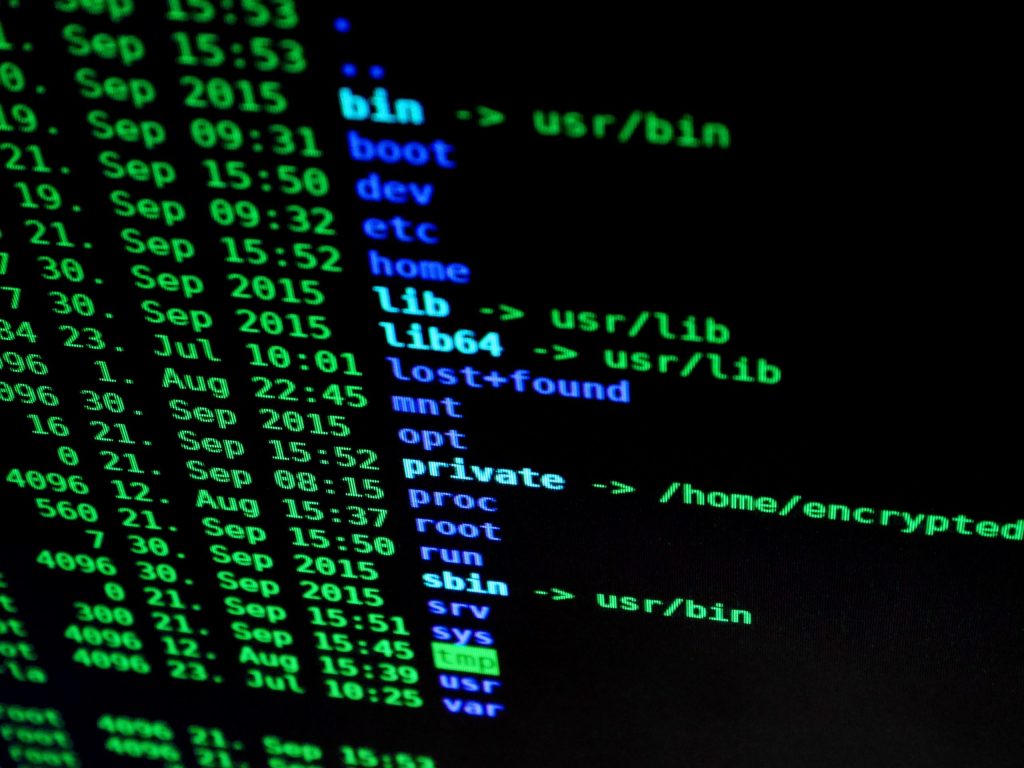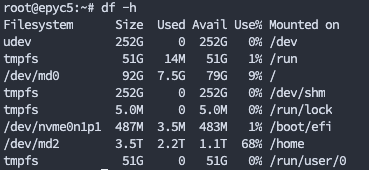Securing Your Linux Server: Essential Tips and Tools

In today’s digital landscape, server security is of paramount importance. Linux servers, known for their robustness and reliability, require careful attention to ensure their protection from various threats. In this blog post, we will delve into essential tips and tools to secure your Linux server effectively.
Before diving into security measures, it’s crucial to comprehend the threats faced by Linux servers. Malware, unauthorized access attempts, and data breaches are common risks that can compromise server integrity and confidentiality. Staying informed about the evolving threat landscape is key to implementing appropriate security measures.
Keeping your Linux server’s operating system and software up to date is a fundamental security practice. Regular updates and patches ensure that vulnerabilities are addressed, reducing the risk of exploitation.
User accounts and passwords are often targeted by malicious actors. Encourage the creation of strong, unique passwords and educate users about password best practices. Implement the principle of least privilege by granting users the minimum necessary access rights. Additionally, advocate for the use of multi-factor authentication (MFA) to add an extra layer of security.
Enhancing SSH Security for Linux Servers:
- Disable password authentication and enforce SSH keys for stronger security.
- Implement exclusive key-based authentication to mitigate brute-force attacks.
- Set strong passphrases for SSH keys, adding an extra layer of protection.
- Consider non-standard SSH port configurations to reduce visibility and deter scanning.
These measures bolster SSH security, minimizing unauthorized access risks and enhancing Linux server security overall.
Data loss can be devastating, whether it’s due to security breaches, hardware failures, or human error. That’s why regular data backups are paramount as a recovery measure. Here are a few examples of what you could do:
Incremental Backups: Reduce storage and backup time by saving only changes since the last backup. We’ll guide you through implementing this strategy on your Linux server.
Offsite Backups: Store data in a remote location for added protection. Explore methods like cloud storage and remote backup servers.
Backup Testing and Verification: Ensure backups can be successfully restored. Learn best practices, including trial restorations in a controlled environment.
Backup Tools and Solutions: Simplify the process with reliable software like Duplicity, Bacula, and rsync. Discover command-line and graphical options.
Implement these strategies and fortify your data protection. Start safeguarding your information today for peace of mind.
Stay tuned for our next post on effective data recovery methods.
Proactive monitoring and logging of server activity enable the identification of suspicious behavior and potential security incidents. Introduce tools like log analyzers and intrusion detection systems to aid in monitoring. Provide guidance on interpreting server logs and taking necessary action based on the identified anomalies.
When it comes to monitoring Linux servers, there are several reliable providers and solutions available. Here are a few popular options:
- Nixstats (14 days free trail): A monitoring service designed specifically for Linux servers, providing comprehensive monitoring and alerting for server metrics, system resource usage, website uptime, and more. Nixstats offers an intuitive interface and customizable dashboards.
Nagios: Nagios is a widely used open-source monitoring system that offers comprehensive monitoring capabilities for Linux servers. It provides real-time monitoring, alerting, and reporting for various metrics such as CPU usage, disk space, network traffic, and more.
Zabbix: Zabbix is another open-source monitoring platform that supports Linux server monitoring. It offers a wide range of features, including data collection, alerting, visualization, and capacity planning. Zabbix allows monitoring of various Linux-specific metrics and can be easily customized to meet specific requirements.
Datadog: Datadog is a cloud-based monitoring and analytics platform that provides monitoring solutions for Linux servers. It offers real-time visibility into server performance, log monitoring, and application monitoring. Datadog also provides advanced features like anomaly detection, customizable dashboards, and integrations with other tools.
Prometheus: Prometheus is an open-source monitoring system that specializes in time-series data collection and alerting. It is highly scalable and designed to monitor dynamic Linux server environments. Prometheus is known for its robust querying and alerting capabilities, making it a popular choice for Linux server monitoring.
These are just a few examples of Linux server monitoring solutions available. Each solution has its own unique features, pricing models, and deployment options. Consider your specific monitoring requirements and budget to choose the most suitable provider and solution for your Linux server monitoring needs.
Securing your Linux server is a continuous effort that requires diligence and proactive measures. By implementing the essential tips and utilizing the recommended tools discussed in this blog post, you can significantly enhance the security of your Linux server. Remember to stay vigilant, regularly update your security measures, and adapt them to emerging threats. Safeguarding your server is crucial to maintaining a reliable and secure digital infrastructure.








